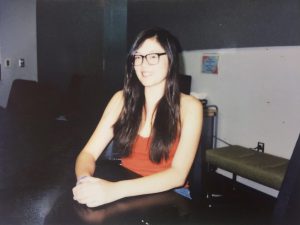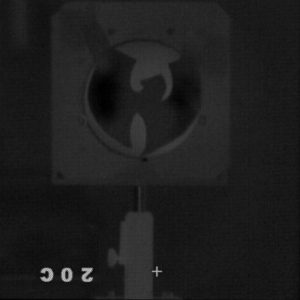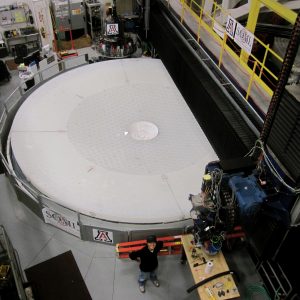 [Rothko, Green in Blue: http://artmuseum.arizona.edu/events/event/art-lab-presents]
[Rothko, Green in Blue: http://artmuseum.arizona.edu/events/event/art-lab-presents]
This week we sat down with Dr. John Koshel, the Associate Dean as the College of Optical Sciences here at the UofA. Dr. Koshel has a long background in optical sciences, ranging from laser based research in graduate school at Rochester to illumination engineering in industry, and most recently as a researcher and Associate Dean. We discuss what illumination engineering is, his current research, the century of the photon and what we can expect in the future from optics, and his perspectives on graduate school and research. We really enjoyed speaking with Dr. Koshel and think that our listeners will get an enormous amount of knowledge and wisdom from this episode.
Relevant material to this episode:
Century of Optics: https://www.osapublishing.org/books/bookshelf/osa-century-optics.cfm
As always, we look forward to your feedback! Please comment or email us at thespotlightreport@gmail.com.


 (Dr. Zach Newman, Dissertation)
(Dr. Zach Newman, Dissertation)




